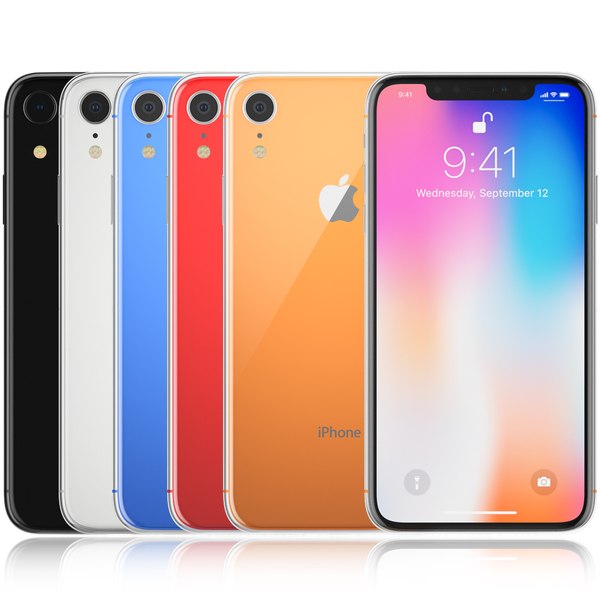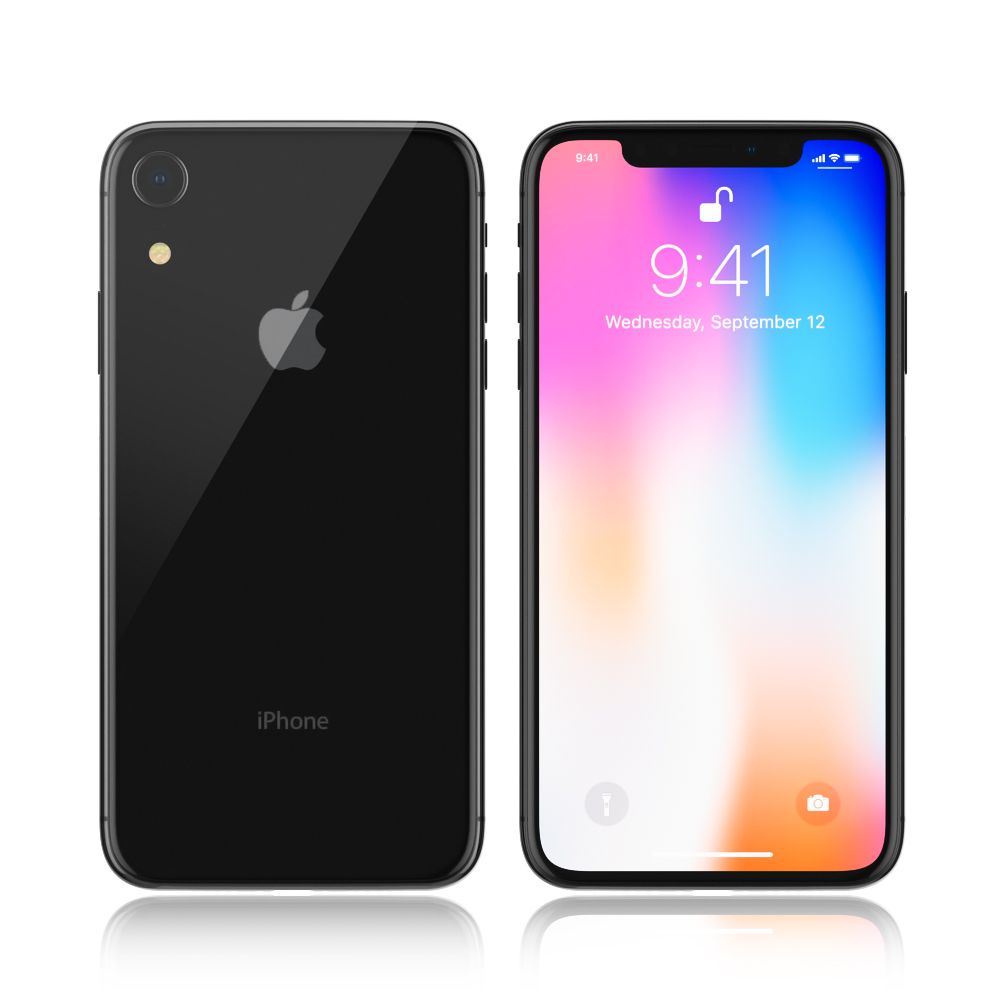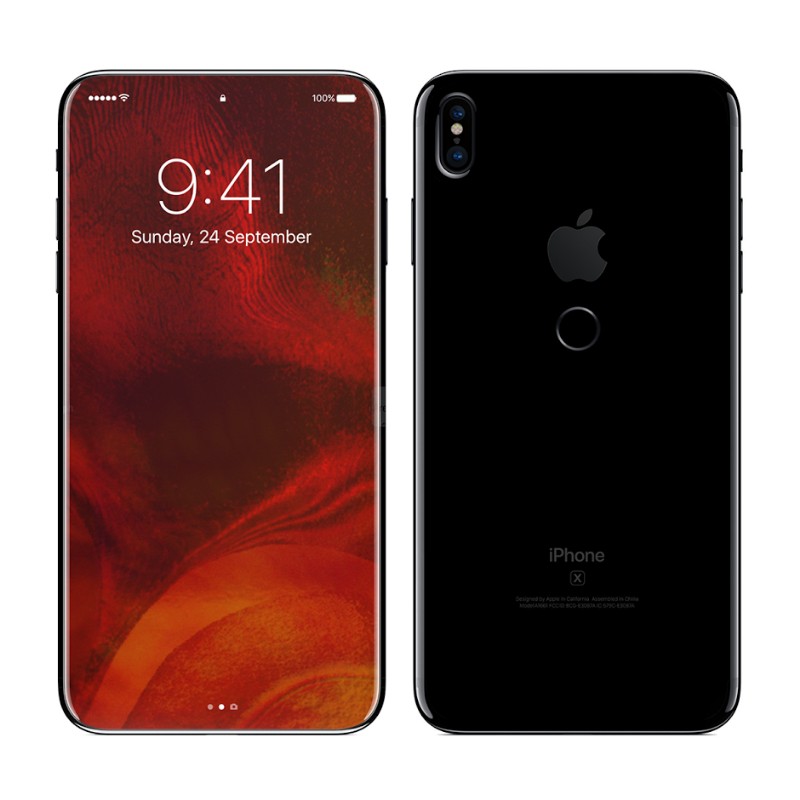Apple’s decision to skip the iPhone 9 in its product lineup has puzzled many consumers and tech enthusiasts. Instead of following the iPhone 8, Apple jumped directly to the iPhone X (pronounced “ten”). This deliberate choice raises questions and sparks curiosity about the reasoning behind it. This article explores the factors that influenced Apple’s decision and delves into the implications of this unconventional move.
The Leap from iPhone 8 to iPhone X
Celebrating the Tenth Anniversary
One of the most prominent reasons Apple skipped the iPhone 9 is to celebrate the tenth anniversary of the iPhone. The release of the iPhone X in 2017 marked a decade since the original iPhone was introduced in 2007. This milestone provided an opportunity for Apple to showcase its innovation and push the boundaries of smartphone technology.
By introducing the iPhone X, Apple underscored its commitment to leading the industry and setting new standards. The Roman numeral “X” (ten) symbolized this significant achievement and distinguished the model as a groundbreaking device in Apple’s history. Celebrating the tenth anniversary with the iPhone X conveyed a sense of progress and evolution.
Technological Innovation
The iPhone X represented a radical departure from previous models in terms of design and functionality. It introduced several industry-first features, such as the edge-to-edge OLED display, Face ID facial recognition, and the removal of the physical home button. These innovations warranted a distinctive name to emphasize the leap forward in technology.
Branding this device as the iPhone X signaled a new era of smartphone technology and differentiated it from the incremental updates seen in previous versions. The innovative features justified a leap in nomenclature, further highlighting the significance of the advancements. Emphasizing technological innovation reinforced Apple’s position as a pioneer in the smartphone market.

Marketing and Branding Strategy
Creating Buzz and Anticipation
Skipping the iPhone 9 and jumping to the iPhone X created a buzz and anticipation among consumers and the media. This unconventional move sparked curiosity and conversations, effectively generating free publicity and keeping Apple at the forefront of tech news. The mystery surrounding the decision added to the allure of the new device.
The element of surprise plays a crucial role in marketing, and Apple leveraged this by breaking the expected sequential naming convention. The unexpected leap in the product lineup reinforced Apple’s reputation for innovation and bold decision-making. Creating buzz and anticipation effectively engaged the audience and heightened interest in the new release.
Differentiation from Competitors
The smartphone market is highly competitive, with numerous brands vying for consumer attention. By skipping the iPhone 9, Apple differentiated its product not only through technological advancements but also through its unique branding strategy. The iPhone X stood out in a crowded market, capturing consumer interest and setting it apart from competitors.
Competitors often follow predictable naming conventions, and Apple’s departure from this norm positioned the iPhone X as a distinct and forward-thinking choice. This strategic move helped maintain Apple’s image as an industry leader and innovator. Differentiation from competitors through bold branding reinforced Apple’s market position.
Internal Product Line Considerations
Seamless Transition
In 2017, Apple released the iPhone 8 and the iPhone X simultaneously. The iPhone 8 offered a more traditional upgrade path for users familiar with the design and features of previous models. Introducing an iPhone 9 alongside the radically different iPhone X could have created confusion among consumers.
By skipping the iPhone 9, Apple provided a clear distinction between its conventional lineup (iPhone 8) and the revolutionary model (iPhone X). This seamless transition allowed consumers to choose between familiarity and cutting-edge innovation without ambiguity. The clear distinction facilitated a smoother product transition and user experience.
Simplifying the Lineup
Apple’s product lineup includes various models, each targeting different market segments and price points. Introducing the iPhone 9 could have complicated the lineup, making it harder for consumers to differentiate between models and their unique selling points.
By omitting the iPhone 9, Apple streamlined its product offerings, simplifying the decision-making process for consumers. This strategy prevented overlap and ensured that each model had a distinct place in the market. Simplifying the lineup made it easier for consumers to understand and compare product features.

Psychological Impact on Consumers
Perception of Value
In the tech industry, higher numbers often convey a sense of superiority and advanced features. By skipping from iPhone 8 to iPhone X, Apple created a perception of a significant leap in technology and value. The number “X” reinforces the idea of a substantial upgrade, enticing consumers to consider the new model as a worthwhile investment.
This perception of value leveraged psychological impact, making the iPhone X appear more advanced and desirable. The notion of skipping an entire generation implied that the iPhone X was a step ahead of competitors. Crafting perception of value through strategic numbering elevated consumer interest and willingness to adopt the new model.
Enthusiasm for Novelty
Consumers are often drawn to products that are perceived as new and innovative. The introduction of the iPhone X, with its novel features and design, capitalized on this enthusiasm for novelty. The buzz generated by the unconventional naming strategy amplified the excitement and allure of the device.
The anticipation and eagerness to experience cutting-edge technology drove consumer interest and demand for the iPhone X. Apple’s ability to generate enthusiasm through branding and product innovation played a key role in the successful launch of the model. Harnessing enthusiasm for novelty solidified Apple’s image as a leader in technological advancement.
Long-Term Brand Strategy
Future-Proofing the Brand
Apple’s decision to skip the iPhone 9 can be seen as a strategic move to future-proof the brand. Leapfrogging the number 9 allowed Apple to align its product naming with its long-term vision and roadmap. This flexibility in numbering can accommodate future innovations and maintain consistent branding over the years.
By not being constrained by sequential numbering, Apple can introduce new models with names that reflect their distinct features and technological advancements. This future-proofing strategy ensures that the brand remains adaptable and resonant with evolving market trends. Aligning product naming with long-term strategy enhances brand consistency and foresight.
Setting a Precedent
Skipping the iPhone 9 set a precedent for Apple’s willingness to break conventions and innovate beyond expectations. This bold move reinforced Apple’s brand identity as a company that values innovation and is not afraid to take risks. This precedent not only elevated the iPhone X but also set the stage for future product introductions and naming conventions.
This willingness to disrupt norms and pioneer new paths maintains Apple’s reputation for creativity and leadership. It communicates to consumers that Apple’s focus is on delivering groundbreaking products rather than adhering to traditional expectations. Setting a precedent of unconventional innovation reinforces Apple’s brand ethos.

Conclusion
Apple’s decision to skip the iPhone 9 in favor of the iPhone X was a multifaceted strategic move driven by technological innovation, marketing dynamics, internal considerations, psychological impact, and long-term brand strategy. By celebrating the tenth anniversary of the iPhone with groundbreaking features, creating buzz and differentiation, and simplifying the product lineup, Apple successfully positioned the iPhone X as a revolutionary milestone. This approach not only captured consumer interest but also set a new precedent for future product introductions. Understanding the rationale behind this decision offers insights into Apple’s strategic thinking and reinforces the brand’s commitment to innovation and excellence. The iPhone 9 myth serves as a testament to Apple’s ability to make bold and impactful choices that resonate with consumers and shape the tech industry.
